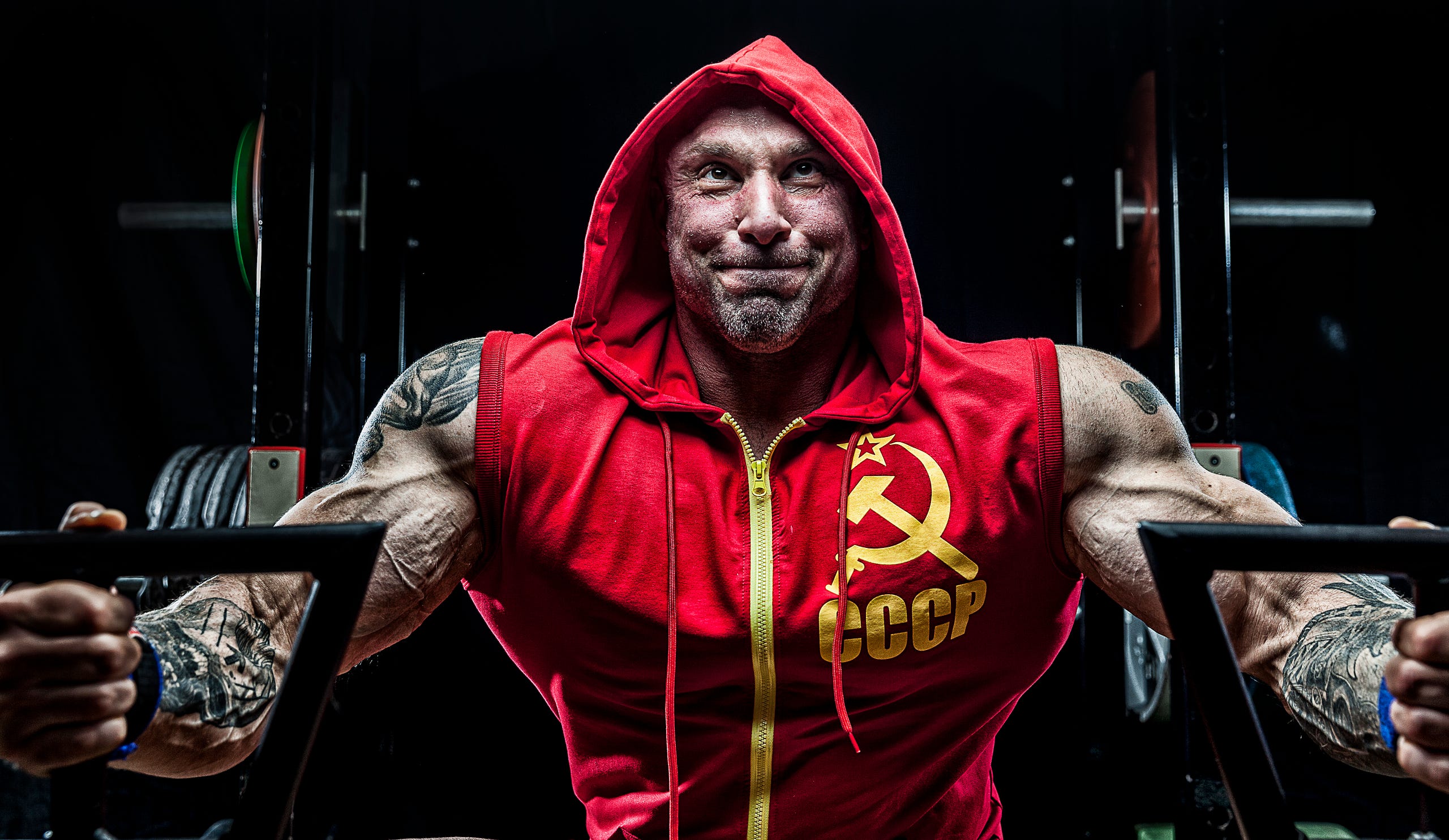
The big black boot is clumsy as hell, encircling my entire lower leg in a combination of Neoprene and air bubbles. You can’t drive in it. And it definitely puts a dent in your exercise routine if, like me, you like to run, cycle, do stairs and lift.
However, since I’m leaving for Mongolia in just a few days, I have to heal my dogs. Both are bad, but the right one in particular.
I have stress fractures in both my feet, from hiking in the Canadian wilderness during a four-week horse packing trip. Muck boots. Not used to them. They pretty much did my dogs in.

I hiked up and down very steep inclines in those bad boys, slipping on the soft, rocky clay churned by up to 23 draft horses carrying people and panniers .We all did. However, Canadians are born to muck boots. I’m a Floridian, born and raised. I grew up in flip flops.
In the intervening fifty years I’ve worn my share of hiking boots and done some rather large mountains. Those I can handle. Muck boots are another issue entirely. As I discovered. Sometimes you learn the hard way about gear.
At 66, a dedicated adventure traveler, a lifelong exerciser, there are a few things that I have learned about fitness. This past trip was a study in what fitness is and isn’t, the lies you and I tell ourselves about our physical prowess, and what fitness truly is in practice. At least in my book.
This trip, for me, because I booked two of them back-to-back, was one of the toughest adventures I’ve ever done. Four weeks of riding, camping, hiking and slogging through true wilderness. A narrow trail at best, one that I at times lost and wandered off and had to hike through dense brush to find again, all while leading a horse, and while wearing clumsy muck boots that didn’t quite fit my feet.
I fell often, mostly due to those boots. I got slammed by the horses wearing panniers, got tossed off my own horse while in the middle of a dismount, slammed my head on the rocks, got my left patella cracked against a pine tree at speed when my horse cut a corner, cranked my ankle when I dismounted right onto a rock, stood up and promptly did it again, had my left foot stomped on several times by horses that weighed well over a ton.

I could go on. You get the idea. Almost every other day something happened. Some four weeks after one injury, I still have a large lump on my arm from a seriously nasty bone bruise that painted my forearm from wrist to elbow with every shade of purple. Still hurts, too. For me, this is comedy fodder. I feel like a female Buster Keaton, except that he was a superb athlete. I am a putz, Buster Keaton made himself look like one, which takes considerable physical skill. I don’t have to work at it. And unlike Keaton, I injure.
When I got home, I discovered that I had been doing all that hiking with stress fractures in the fifth metatarsal of both feet. No wonder I was in a lousy mood much of the time. My dogs were barking. Loudly.
But still I persisted. That’s the whole point.
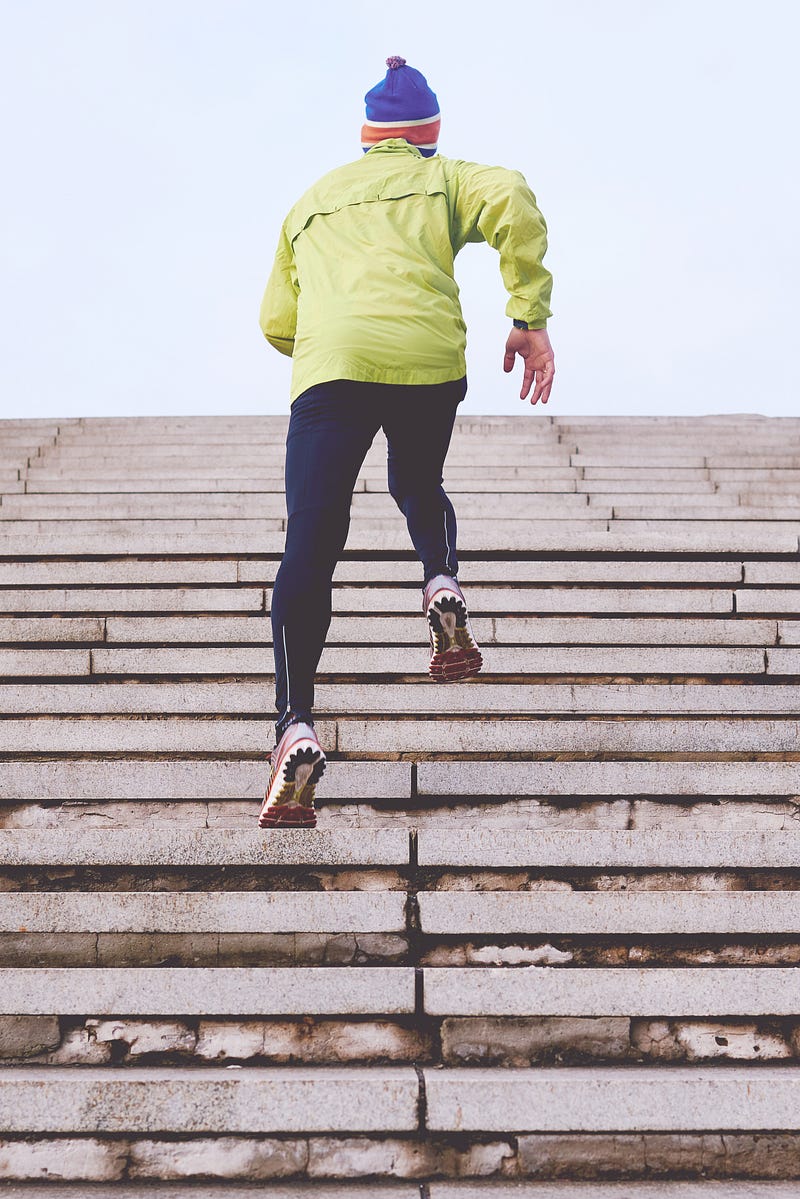
Resilience: the capacity to recover quickly from difficulties; toughness.
Ask anyone who has ever trained for a true Tough Mudder what that looks like. In my book, being fit also entails endurance. The ability to get back on your horse when he throws you. (I did that once in Kazakhstan, after I’d just broken my back in several places. It was only after I realized I couldn’t turn in either direction that I looked at my guide and said, quietly, “Hospital.”)
The ability to keep hiking hour after hour in very painful boots because, well, you don’t have a choice. You signed up, you keep moving. You learn to make fun of it. You just keep on going. This may well be in part due to my military background.
This is resilience. This is resilience. People who will not give up. That motivates me a lot more than looking at pretty muscles that can’t do the work, can’t go the distance, and if anything, get in the way of performance. Unless of course you’re a competitive body builder, which is a whole other issue. Those folks are by definition not fit. I know people would argue that. I would point to the autopsy results. They don’t lie.
Resilience: flexibility, pliability, suppleness, plasticity, elasticity, springiness, spring, give.
Especially of the funny bone. Humor makes us strong, powerful survivors.
Humor helps. In fact, sometimes it is the only thing between myself and defeat. Being able to make fun of the fact that I am not a gifted athlete is part of the challenge, for I was not born to this. I climbed to this. That is the very definition of resilience. Particularly because life has taught me to giggle at it along the way, for I cannot change my physical gifts (or more truthfully, the lack thereof). I can work hard to be strong enough to handle the inevitable injuries. My mental gifts are far, far stronger than my body. And my body is one tough mudder in part because my heart is one tough mudder. My funny bone is by far the strongest bone in my body. It had better be, the stupid shit I do.
I draw injuries like deer flies. Besides, when others on my trips see me laugh at myself, that is implicit permission for them to do the same.
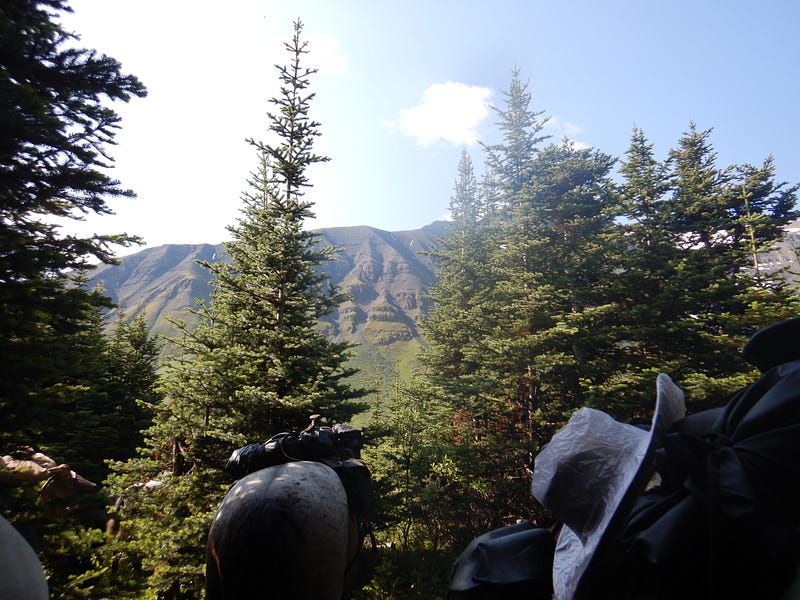
On this most recent trip to the Muskwa-Kechika wilderness, once you’re in, you’re in for the duration. There are no roads, no Uber or Lyft rides to the local clinic. You persevere. Or, you are in serious trouble, because the outfit has first aid folks, not doctors. Nor do they carry splints or a great many other items that might make an injury more comfortable. They make it clear you have to be fit. You can be a beginner with horses, but you must be fit. Period. Otherwise it could be a serious issue not just for you but for the others in your group.

I like those odds, the same way I have always loved skydiving. You panic, you die. You fuck up, you fix it in a nano second or you are road kill. That to me is the ultimate in personal responsibility. To get to the point where doing precisely the right thing in mid-air while tracking takes training. I’ve had two total malfunctions, and yes, one was while tracking. I did precisely what I was supposed to do without having to think about it. Half a second later I was under my reserve while my main chute floated away. I landed squarely in the peas, which is a testament to the skills of my instructor. And the fact that I take my preparation seriously.
You do not fuck with those odds.
On our Canada trip we had a 65-year-old matron, and I choose that word intentionally, who, upon getting off the plane, said that she was terrified of horses. Given that she was investing some $4500 on a trip that would demand of her that she spend perhaps twelve hours a day in the company of extremely large horses, this is as foolish as it gets. That she was allowed on the trip, well, I am not privy to the reasoning behind that. She had flown in. She should have flown right back out. But that’s me. Not my outfit, not my call.
She was intimidated, and sat her horse like a sack of russet potatoes. Of course she came off. Her horse went under a tree, because she hadn’t picked up the reins. Was an invalid for two weeks.
Here’s my point. This woman claimed all manner of adventure experience. She was a decent hiker. One day- and only one- she went out to do some yoga on the mountainside. However, she also proudly proclaimed to me that she “didn’t go to the gym.”
That was patently obvious. One injury, a bumped or bruised rib early in the trip and she was down for the count.
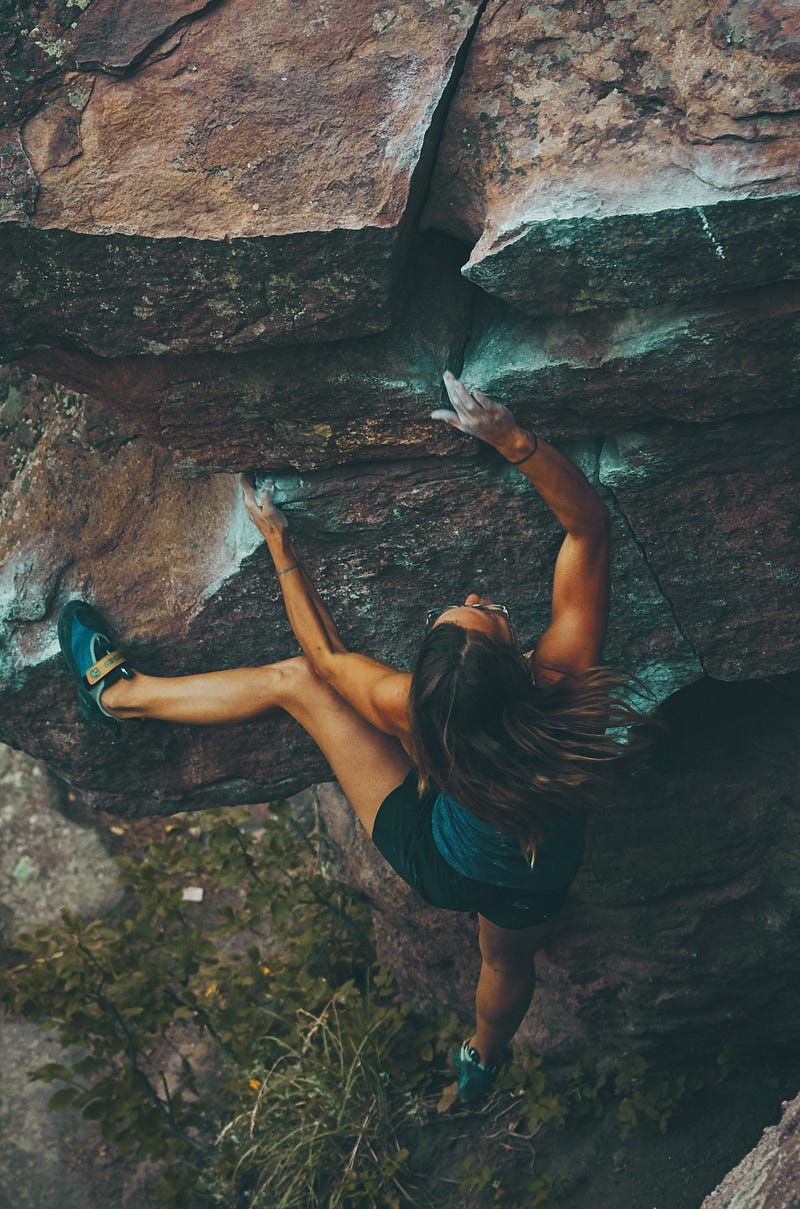
That’s not fit. That’s not endurance. That’s not resilient. Not physically or mentally.
Not only did this woman not belong on a trip like this because of her fear of the horses, but she is also magnificently misinformed about her fitness. That makes her a danger to others, and a drag on the limited resources that we carried in the horse’s panniers.
You and I might be fit for our age. We might fit enough for a very soft adventure, paddling a flat lake or hiking solo over the speed bumps in the resort parking lot. But fit for this kind of trip is a different kettle of fish.
A great many of us are dishonest to ourselves about who we are and what we can handle. That kind of kidding ourselves can lead to serious injury or death if you and I take on something which we can’t handle. The head/ego says yes, the body says, effectively, fuck you.
While it is perfectly understandable that we desperately wish to believe that we are younger, stronger, faster, better than we are, that kind of Disney delusion can lead to serious problems for others. Especially on trips where resources are limited, as they were with us, and there is no easy way to get someone extracted.

A huge part of resilience is how we feel about ourselves, our capacity. In one of my favorite movies of all times, Alien, and its stunning sequel Aliens, heroine Ripley gets slammed down personally, physically, emotionally and professionally. Still she gets up. The whole series, in fact, is about her resilience. Competing as an endurance athlete- which I am not by any means but friends are- is as much or more a head game than a physical one. Your body has to be ready, but if you aren’t mentally tough, then no matter how strong your legs, how good your lungs, you’re going to drop out. Your inner loser (we all have one) will make you do it. That’s why mental training in some cases is even more important than the physical.
In his Outside Online article, It’s Okay to be Good, Not Great, performance expert Brad Stulberg explores what it takes to really do well. Not just in sports, but in life. It’s a mindset, being able to tell the brutal truth about where we are as opposed to some fantasy story about our epic abilities.
He writes:
Ultra-endurance athlete, author, and personal-growth icon Rich Roll once told me, “You’ve got to train where you’re at. Not where you think you could be, not where you want to be, not where you used to be, but where you are right now.” (author bolded)
Far too often we suffer from magical thinking, convincing ourselves that we’re in a better place than we are. Or we ignore our problems altogether, either numbing or distracting ourselves or striving to make things better without ever acknowledging our true starting point. Though this may save us some short-term pain, it’s not a good long-term solution. Because we don’t address the thing that really needs addressing — whether it’s poor mobility in sport, loneliness in a relationship, or being overwhelmed at the workplace. Progress in anything requires confronting and accepting where you are. It’s only then that you can do something about it. (author bolded)
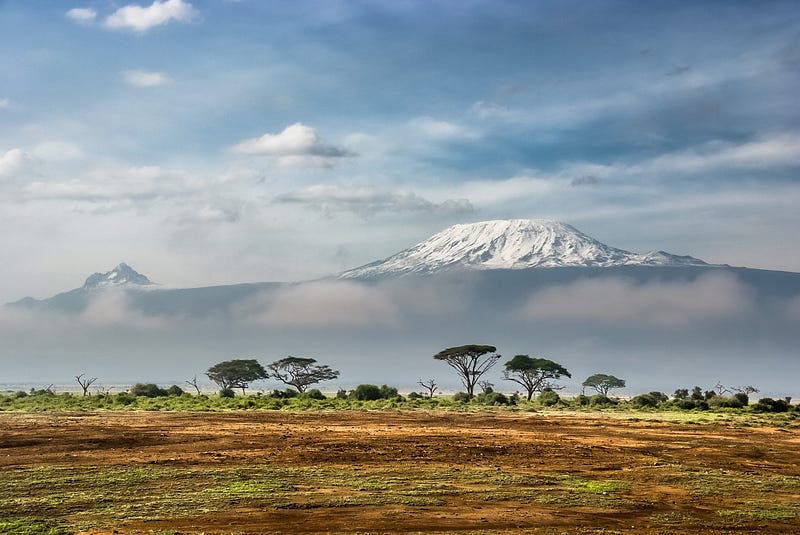
We have frail egos. Especially as we age, it is wicked hard to admit that you can’t run as fast, or that injuries mean you have to redirect, or we suffer the conceit that we are just as strong as we were at forty. The woman on the trip skied and hiked a few times a year. She had done Kili….yes.
Twenty years ago.
I am reminded of men from Match.com who tossed around the fact that they had climbed Everest. Yes. In their twenties. Now, they’re 65 and look it. Their bodies are shrieking at them what have you done for me lately???
Does this woman need to be a gym pig to be fit? Of course not. But clearly she hasn’t been doing much of anything else to help her weather the kinds of injuries that such trips can cause. That in and of itself doesn’t make her wrong. Placing herself on this kind of trip imposes a potential problem for the guides, the horses and the other riders, simply due to a canted version of reality.
Owning Your Geography
When our group went around the circle to introduce ourselves, I said “I do these kinds of trips regularly. That doesn’t make me an expert. It means I’m determined.” The older I get, the more careful I am about the geography to which I lay claim. Some of it is expanding. Some is shrinking. Trips like these help me to identify where I stand, which is one reason I do them. The others, well, if you have to be sold on gorgeous scenery and terrific horses, sleeping with rain on pattering softly on your tent, have at it. This isn’t about pushing until I hurt. Sometimes those things happen along the way but they aren’t the purpose. Being richly in Nature and Life are. Being humbled by the grandeur of both are.
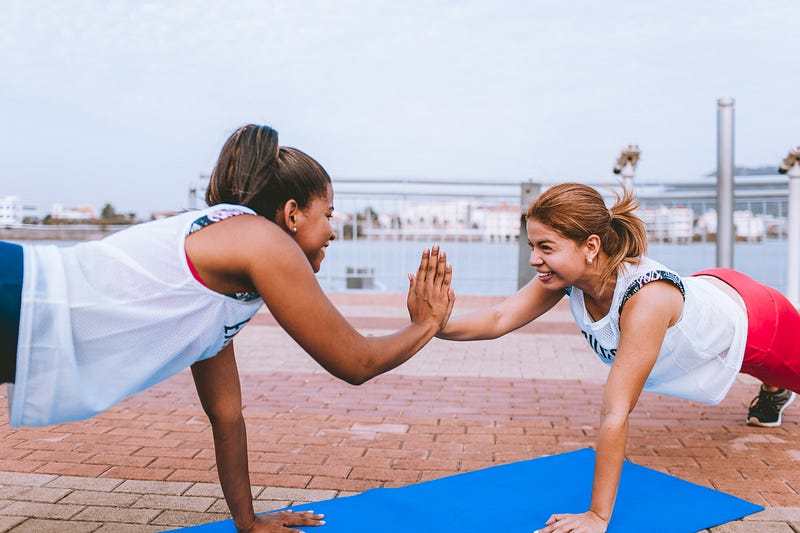
A few hikes or ski trips a year does not a resilient athlete make, particularly given the inevitable decline of lung capacity and scarcopenia. Both can be much staved off by disciplined exercise and hard work. When you and I slow down, either on purpose or for other reasons, the temptation is to continue to think of ourselves at our peaks. While muscle memory may return with effort, that doesn’t mean we currently have that strength or endurance. That’s what Roll is addressing, above. It’s dangerous to you and others to assume you are uber fit when your body is operating at 68.

The other piece of this is how we heal.
Swift healing is critical, at least in my business. The body’s healing process slows down as we age, but any more than lung capacity or muscle size, a precipitous drop-off isn’t inevitable. Good musculature, exercise, an excellent diet and plenty of aerobic work all combine to encourage the body to heal far faster at any age. Any age. The more I move the faster I heal, unless of course I hauled off and broke something, as with my feet. So, I am going to the pool, cycling and using the elliptical, seated weights and floor yoga. Movement rules. The body works best and heals best when it’s moving blood and nutrients through the body. That builds resilience.
I have been lifting for 45 years. Lifting in and of itself is soothing to me, and I enjoy the gym for many reasons. One of them is the strength this discipline has given me. Another is that each time I return from one of my trips, no matter how badly injured I’ve been, no matter how bruised or bumped, the routines get me back in top shape in no time. After about a week of lower weights, I’m right back to where I was before I left.
However, I lift for function, not for bragging rights. My muscles have to perform, often under duress. I must be able to trust them. If I try to fool myself into believing that I can do X, and my guide believes me and counts on me for that asset, what do you think will happen when I fail spectacularly when my performance is most necessary? That may put others at risk. Too many of us, lost in our need to come across as epic, fail to take our responsibility to others on a such trip into account.
Because I’m ex-military, this kind if self-absorption genuinely troubles me. More folks and more are heading into the unknown, writing checks they can’t cash about their physical prowess. The largest group in the soft adventure block, fully 40% of them, are 50–70. The very folks most susceptible to being a little disingenuous about their physical capacity, as our rider was.
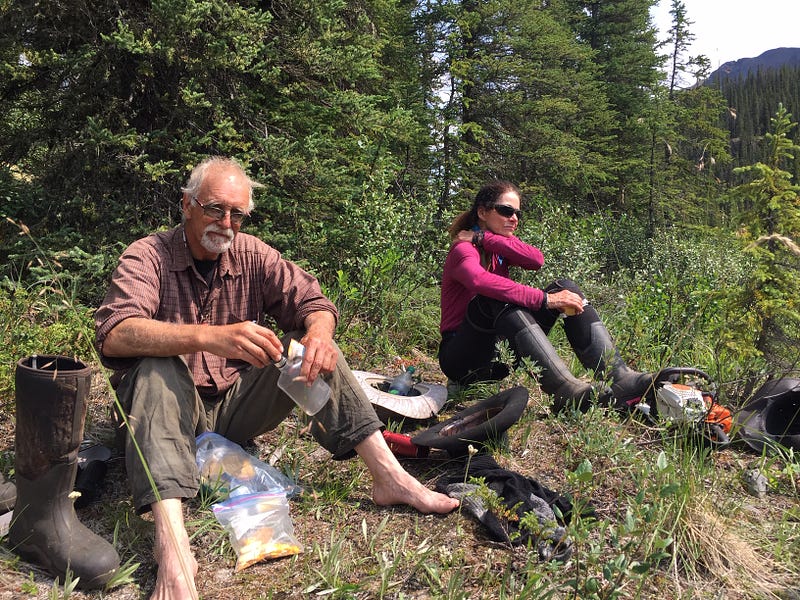
While I am the first person to say that we should erase our boundaries and redefine what’s impossible, if we don’t, as Rich Roll says above, tell ourselves the God’s honest truth about where we are right now, we are in for serious trouble. Far better for me (and everyone else) that I understate my competence and ability. Then if I exceed expectations, it’s a gift for all of us.
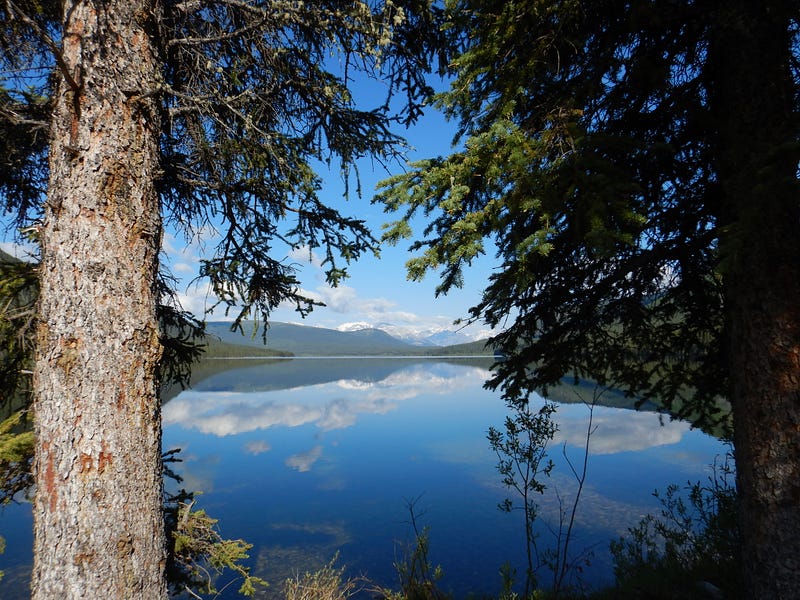
This is what my wilderness trip taught me about my aging body:
- I have lost a little upper body strength. Specifically the kind where you push heavy things up. I had rotator cuff surgery last year and my PT took me off all shoulder presses. That cost. I can still pick up and carry 65-lb logs. But I can’t get a very heavy saddle on a horse. My response? As soon as I got home I asked my for a specific set of exercises to regain that strength without irritating my shoulder. It comes back. That was excellent feedback and useful for my training program.
- I recover very, very fast. Each day that I had some kind of injury, like getting my knee slammed into a tree, by the next morning I was largely fine again. This is powerful feedback. There are times you have to rest an injury (see boot, above) and times when conditions require that you can’t. CV often argues for RICE, which has been disproved (including by the doc who came up with it). I have learned that if I bang, twist or crank something, keep moving. That prevents stiffness. After a very large horse stood on my foot, I promptly wrapped it in RockTape and slept in my boot. Next morning I had purple toes but no swelling. That’s functional. Sure it was sore, but I could wear my shoes. No small thing where we were. You cannot hike barefooted. Besides, I don’t advise walking around barefoot when your horses have feet the size of crock pots.
- I learned that despite my claims to the contrary, apparently I have a very high pain threshold. I had no clue I’d developed stress fractures. I was in pain, but each long descent (which are a challenge for me in the first place) was a head game. One more twist. Just this turn. This big rock. I kept talking to my horse, but in fact I was talking to myself. Good job buddy. Fine work. Proud of you, buddy. If necessary, I could go hide in the herd later and cry into a sweaty flank until the waves of pain subsided. Then I had to get moving again.
- The older I get, the more resilient I have become. This was a surprise and it belies what we are told to expect. My suspicion is that what I may be leaking in physical prowess, I am gaining in mental toughness, the ability to withstand discomfort through humor. If you’re a football fan, this is the same kind of arc that we’ve all seen with Brady, Elway, Manning, Montana, Favre. This isn’t a comparison to my poor skills, but rather a statement about how, as we age, we bring other skills into play to make up for youthful strength.
I really believe this is available to anyone, if we want it badly enough. Including the old woman on our trip. But let’s be clear. Age isn’t the issue. Fitness is. Resilience is.
Want to adventure? Please do. But tell the truth about where you really are right now, today. If your dream trip requires a skill set you don’t have, either find something else to do or put it off until you have the chops.
It doesn’t pay to come home with your self imaged chopped into little pieces.
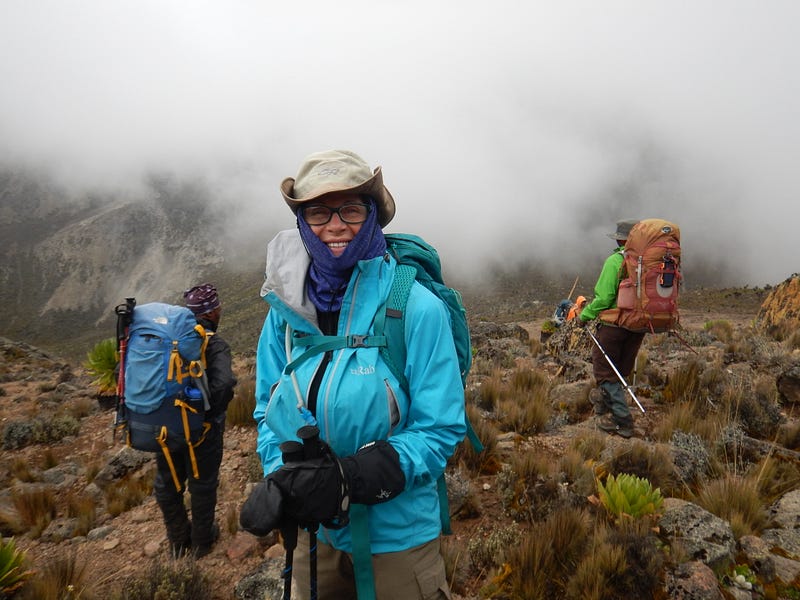
Comments powered by Talkyard.